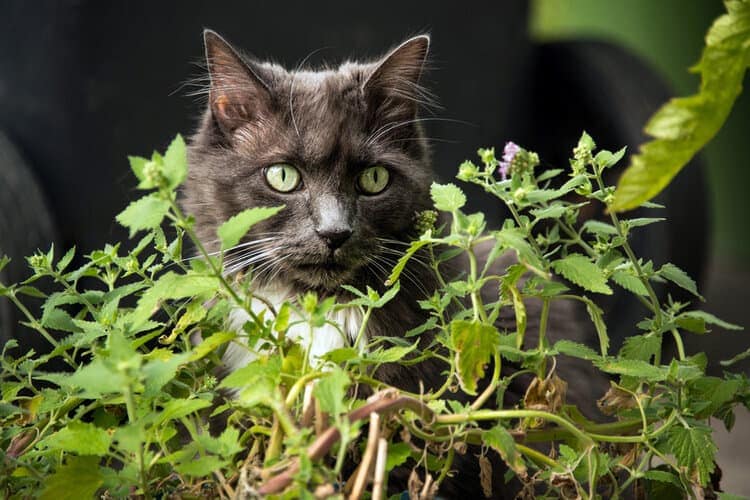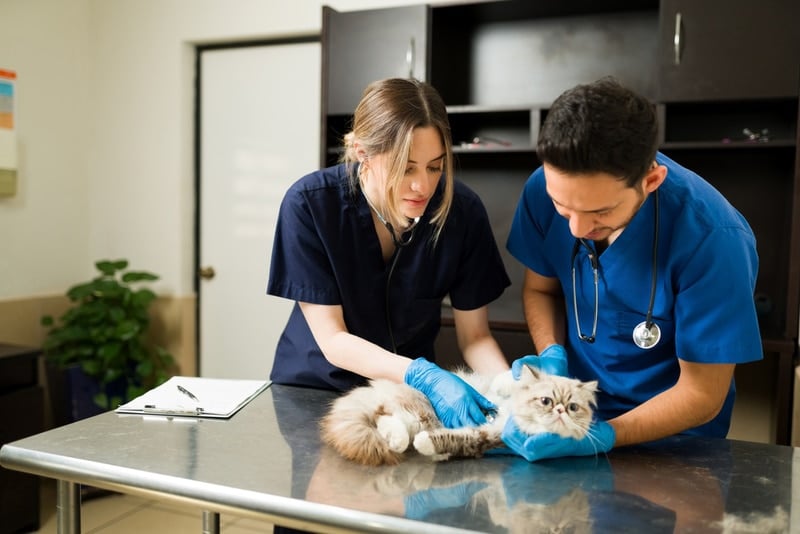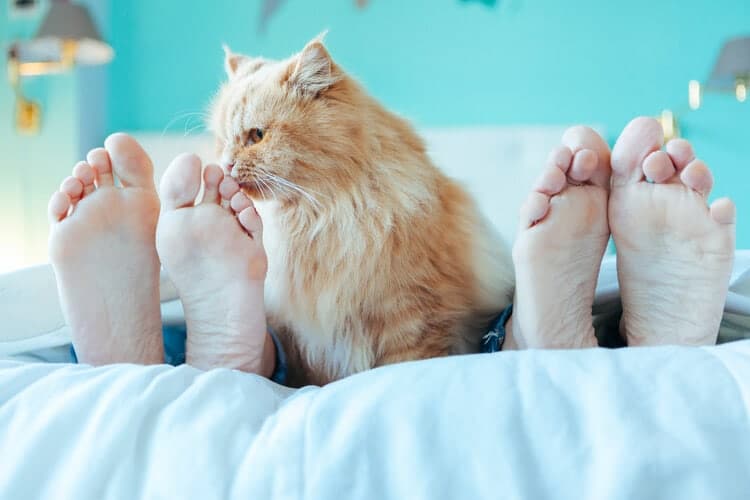Click to Skip Ahead
Cats are naturally curious about various smells, but the smell of the topical pain relief products for muscle pain known as Icy Hot and Bengay seems to be a favorite with cats. If you have ever applied these ointments, you may find that your cat seems to take an interest in the smell.
This can lead to your cat licking, sniffing, and rubbing against the area where the cream was applied. Not only is this behavior strange, but it is also very dangerous for your cat because of certain ingredients that should not be ingested by your cat.
So, you might be wondering why cats go crazy over a topical pain relief ointment like Bengay or Icy Hot and the reason behind your cat’s strange reaction to both the smell and taste. This article will give you all the answers you need, along with why cats should not come into contact with these (and similar) ointments.
The 2 Reasons Why Cats Like Icy Hot and Bengay Ointments
1. Similar Scent to Catnip
Topical pain relief ointments such as Bengay and Icy Hot contain ingredients such as menthol and wintergreen, both of which belong to the same family as catmint, which has a similar scent to catnip which cats love. This smell is strong enough to pique your cat’s interest and make them interested in licking and sniffing the ointment. Wintergreen and menthol provide a cooling feeling when applied to your skin, but it produces an attractive smell for your cat.
Thanks to a cat’s strong sense of smell, it is not difficult for them to smell menthol and wintergreen and come rushing to you. If it has been applied to a part of your body, your cat will spend more time near you because they enjoy the smell of menthol and wintergreen.

2. They Like the Taste and Smell of Menthol
Cats are attracted to the smell of menthol, which smells minty and is usually made from peppermint essential oils. This is because it smells like catmint, and it likely has a similar taste which is why cats will try to lick ointments containing menthol.
However, menthol is dangerous to cats because it contains peppermint oil which is toxic to cats. Cats are not particularly fond of peppermint oil, but they seem to like the burning and minty smell of menthol found in many topical pain relief ointments.
Can Cats Lick Icy Hot or Bengay Ointments?
These ointments are not safe for cats to consume or inhale, because they contain harmful and even dangerous ingredients. Even though cats may take an interest in the smell and will do anything to lick the products, they should not come into contact with topical pain-relieving ointments like Bengay and Icy Hot.
Aside from containing toxic or poisonous ingredients, these ointments also have a strong smell that can burn your cat’s nose and eyes, and even cause issues to your cat’s tongue, throat, and mouth if they ingest it.

The Dangers of Topical Pain Relief Products for Cats
Most topical pain relief ointments contain dangerous salicylates such as flurbiprofen which is the generic version of aspirin. Cats are very sensitive to aspirin, and pain medication and can poison cats according to the FDA which sent out an alert after reports of deaths in cats who consumed this ingredient in topical ointments like Bengay or Icy Hot.
Flurbiprofen can cause NSAID toxicity in cats, and reports showed that cats were showing symptoms after their owners used a topical pain relief ointment and the cats were exposed to them. Peppermint oil is also toxic to cats when ingested because their liver cannot break down the phenols. Menthol is created from peppermint oil, and it is what gives these products a cooling and minty scent. If you are using a topical pain relief product, make sure to keep it away from your cat.
It is also important to keep the area where the product was applied to your skin covered and away from your cat. Avoid getting the ointments on bedding and furniture where your cat could lick it because the smell will quickly attract your cat to it, and they may ingest it.
Conclusion
Cats are attracted to Icy Hot and Bengay topical pain relief ointment because it contains menthol and wintergreen which smell similar to catmint—an attractive smell to cats. They will try to lick and sniff at the product because it likely seems tasty to them, however, the ingredients in these products are dangerous to cats and should be kept out of their reach.
Featured Image Credit: Beatriz Vera, Shutterstock












